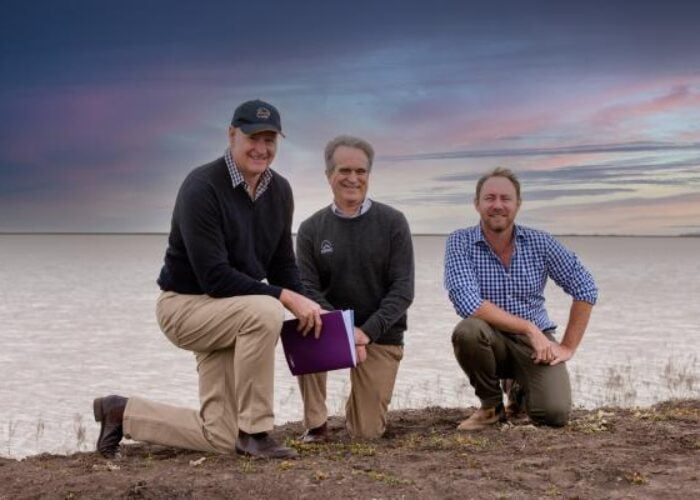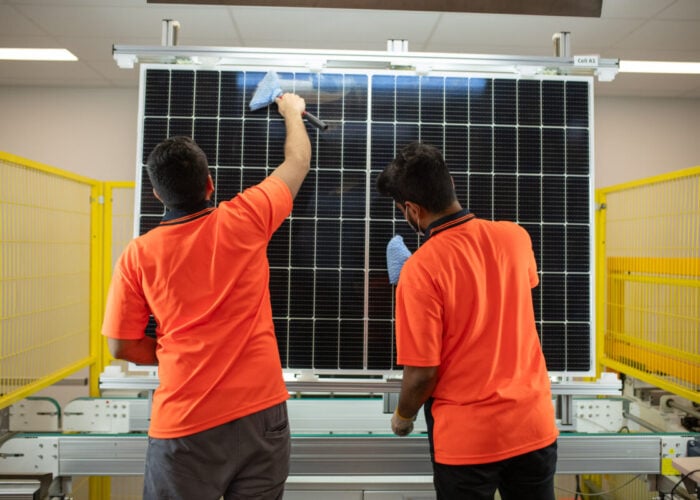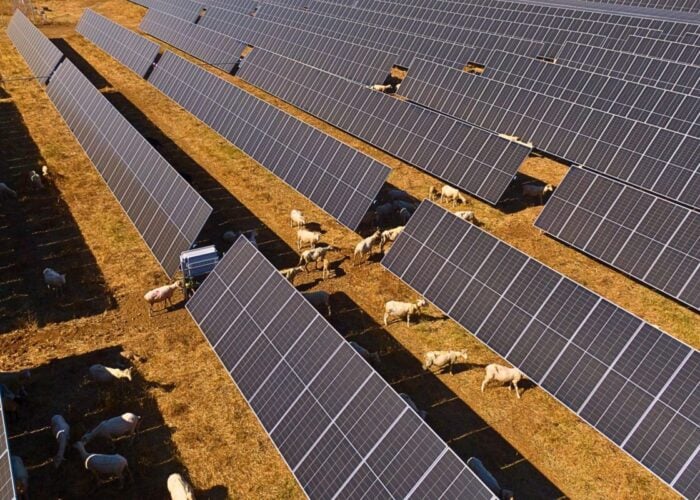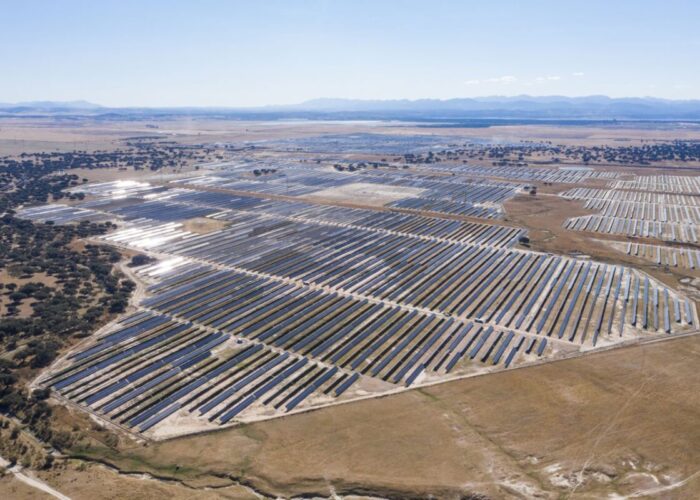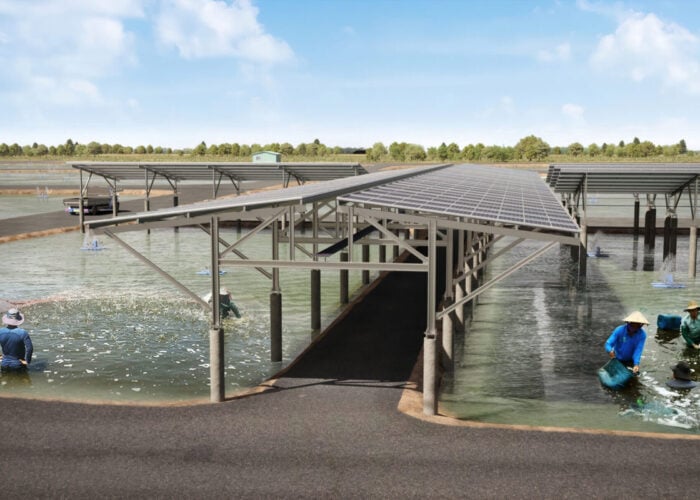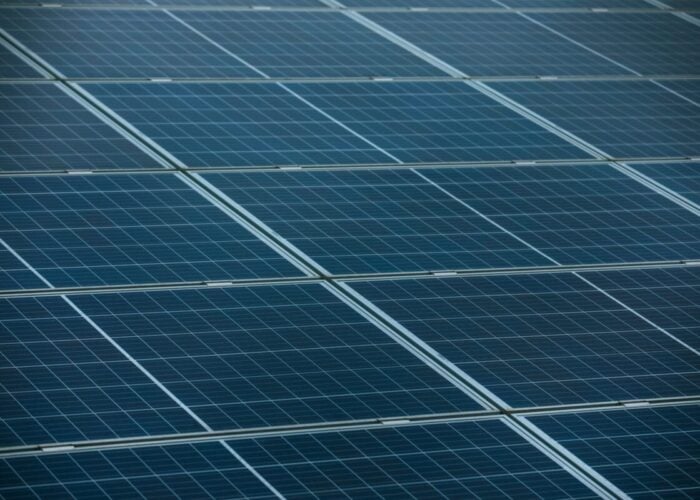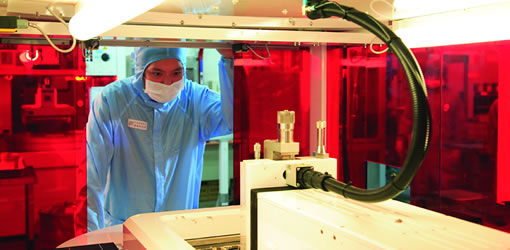
What a start to the PV Taiwan 2017 week!
There have been some rather tame mergers and acquisitions in the solar PV industry over the years – not to mention the shuffling of zombie factories within China – but the news today that Neo Solar Power, Gintech Energy Corp., and Solartech Energy are planning to merge is worthy of far more scrutiny.
Unlock unlimited access for 12 whole months of distinctive global analysis
Photovoltaics International is now included.
- Regular insight and analysis of the industry’s biggest developments
- In-depth interviews with the industry’s leading figures
- Unlimited digital access to the PV Tech Power journal catalogue
- Unlimited digital access to the Photovoltaics International journal catalogue
- Access to more than 1,000 technical papers
- Discounts on Solar Media’s portfolio of events, in-person and virtual
This article explains why the merger of these three companies is a big deal, and what this may mean going forward into 2018. The discussion is done ahead of my trip to PV Taiwan 2017 this week, where the questions will likely emerge as to how the new company, called United Renewable Energy Co., Ltd. (or UREC), will position itself in the industry. So expect more commentary as the week unfolds!
The numbers game
Without even looking into the manufacturing locations, the technologies deployed, and the performance/quality of the product sold, we have some key numbers coming out of the merger.
For starters, UREC will be the fourth largest solar cell producer in the industry during 2018, placing it in an exclusive grouping of JA Solar, Hanwha Q-CELLS and JinkoSolar. Perhaps far more important however, UREC will be the largest producer of solar cells, outside of cell capacity installed within China.
While most of the capacity for UREC is still located in Taiwan, various options now exist across several countries in Southeast Asia. This is happening at exactly the point when Section 201 is being determined in the US and the new details of the EU MIP rules have come into effect.
Don’t be surprised at all if production lines are hastily moved from one country to another, depending on the final outcome of the trade cases, as this has been a trend employed by Taiwan cell producers in recent years.
The technology edge
Despite all the problems that cell manufacturing has been facing in Taiwan over the past 4-5 years, when it came to sourcing cells for module assembly, the products offered were still setting the global benchmark from a cost/performance standpoint.
Taiwan manufacturing is all about tried-and-tested risk-free process and yield optimization, and this can be seen clearly in the cell producers across the island despite the wafer-thin margins on offer for pure-play cell operations in the past few years.
For all the major module producers in China, and across Southeast Asia and Europe, Taiwan cell manufacturers have been the first port of call for reliable supply of quality product, reflecting the dedication to the cell stage that has not been mirrored in any other country since solar manufacturing entered the gigawatt-stage.
In fact, if you ever wanted to get a sanity check on the so-called next-generation cell concepts being touted by the pilot-line enthusiasts, a trip to Taiwan – and especially during the week of PV Taiwan – would serve to put things firmly into context.
Over the past few years, lines for the UREC participants have generally seen more push towards mono than multi (in particular NSP), with PERC being implemented on both multi and mono cell lines.
In this respect, the new company UREC is not lacking for cell technology options spanning the key options on the market today, with the debate on prioritization likely to be based simply on the mono/multi priorities going forward.
PV Taiwan 2017 just got even more relevant
With PV Taiwan 2017 starting Wednesday this week, there are now so many questions to be answered.
Will UREC move quickly to become a global module brand, and if so, where will the new module capacity be based and how will the company go about global sales and marketing?
Until now, Taiwan companies have not (generally) had any great profile at the module level globally, with a scattering of rooftop supply to regional distributors or installers. Looking at adjacent technology sectors that Taiwan has a prominent role within (displays, semi), this should not come as a surprise given the sub-contract and OEM based positioning of the local fabs.
Neo Solar Power recently did shift gears in this respect, bringing in equity to finance shovel ready projects across Asia and Europe. And almost every solar company in Taiwan (not just the three merging) has been vocal about wanting to be in the downstream space to take advantage of the carve-out on hand for domestic module shipments.
However, if UREC is to become a global-branded module supplier, the company will certainly need a radical transformation. While manufacturing technology, quality and supply volumes may be more than sufficient for global module supply expansions, ‘saying’ and ‘doing’ are two completely different things.
As a reference, the number of Chinese solar companies that have succeeded in becoming global brands can still be counted on one hand, with only JinkoSolar ‘getting-it’ with regards how operations need to be done in different regions and countries.
The road from being a low-cost factory component maker to a premium global brand supplier in the solar industry is not one for the academics or third-party consultants, and the formula for success is way more about the funds invested in marketing budgets for events and media-related interviews.
PV Taiwan 2017 takes place in Taipei during 18-20 October, and as an eager participant again, I will be looking for signs that the new Taiwan cell-making powerhouse has more than economy-of-scale as its foundation to having a more influential role in the solar industry until now.

